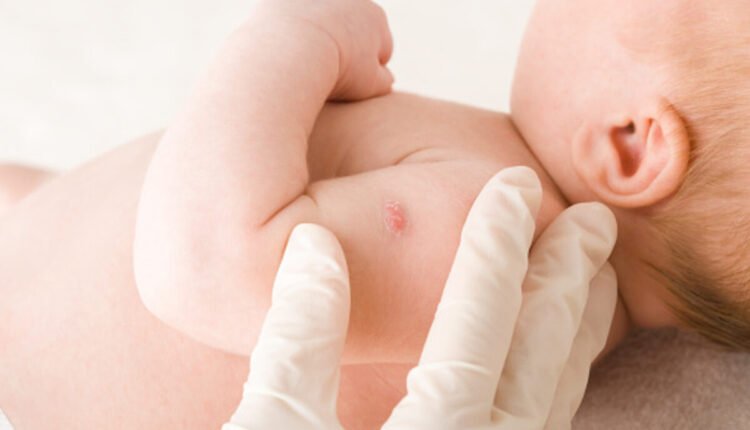Rotavirus is double-stranded RNA virus and is the most common cause of diarrhoea in young children and infants. Nearly every child is infected with rotavirus at least once in their life. However, there are various ways to prevent this illness.
Symptoms
Rotavirus can cause gastrointestinal illness in children and young adults. It is often spread through contaminated stool. Therefore, it is essential to wash hands often, especially when handling infants. Handwashing is also important when changing a diaper or cleaning the toilet. It is also a good idea to wear gloves when handling these items. It is also advisable to avoid exposure to sick people around infants, especially those immunocompromised. Vaccination against rotavirus can help reduce the symptoms’ severity and prevent the disease’s spread.
In addition to vomiting and diarrhoea, other common rotavirus symptoms include fever, abdominal cramps, and malaise. Vomiting and diarrhoea can occur as early as six hours after the infection has started. Rotavirus infection typically lasts between five and seven days. Infected children can spread the virus to other children by touching their hands or surfaces, where germs can survive for a long time.
Treatment for rotavirus varies. If diarrhoea persists for more than a few days, the child may need fluid replacement to replace lost body fluids. In addition, a child suffering from rotavirus should take electrolyte replacements to replace electrolytes lost during diarrhoea. In some cases, parents may choose to give acetaminophen to reduce the fever. Washing hands thoroughly before changing a child’s diaper is also a good idea.
Treatment
Treatment of rotavirus infection involves close interprofessional collaboration. The faecal-oral transmission route causes the disease, commonly occurring in household settings or daycare facilities. Therefore, it is essential to educate the patient about the nature of the infection and the symptoms that may develop. If symptoms persist for more than five days, the child may be ill and should be quarantined.
Rotavirus treatment involves replacing fluids and electrolytes in the patient. Antibiotics will not help to cure rotavirus infection. However, these drugs can be used to treat the underlying infection. If the condition is severe or the patient is dehydrated, they will need admission to the hospital.
Symptoms of rotavirus gastroenteritis include watery, non-bloody diarrhoea and fever. In severe cases, the illness can lead to dehydration, encephalitis, and seizures. Children are more likely to exhibit vomiting than adults. They may also show signs of metabolic acidosis and fever.
Prevention
Rotavirus infection can be prevented through several steps. The first step is to wash your hands frequently and thoroughly. The virus is spread through contact with the stool of an infected person or object. Using a disinfectant or soap to clean your hands can also help prevent the spread of rotavirus. Prevention of rotavirus is essential for young children, especially if they go to daycare.
Rotavirus vaccines are available on the market today. However, vaccines need to be manufactured at affordable prices to achieve global coverage. As a result, several manufacturers in emerging countries are developing candidate vaccines. They should be available within five years. However, they are not yet available in the United States.
Infant vaccination is the primary public health measure to prevent rotavirus infection. Vaccination has also been shown to reduce the number of hospitalizations and the severity of the disease. However, children can still get rotavirus infection even after the vaccine.
Vaccines
Rotavirus vaccines are a cost-effective solution to protect children against this severe disease. They can be used in both developed and developing countries. These vaccines provide high protection against the disease in children. In addition, vaccines can potentially reduce the use of antibiotics and save lives. Currently, 45 Gavi-supported countries use rotavirus vaccines. In India, a nationwide rotavirus vaccination programme is being developed.
The Rotarix vaccine was first approved in Mexico in 2004 and has been used in many countries worldwide. Later, the US Food and Drug Administration approved the bovine-human reassortant vaccine RotaTeq. These vaccines have the potential to reduce hospitalizations and deaths related to the rotavirus.
The effectiveness of rotavirus vaccines has not yet been thoroughly evaluated, but several studies have shown promising results. In the United States, two vaccines have been licensed from Merck, RotaTeq (RV5) and Rotarix (RV1), all of which are oral live-attenuated virus vaccines. They were developed through reassortment of a bovine rotavirus strain and a human strain. They contain the P1A(8) attachment protein and human G proteins, two of the proteins involved in infection.

